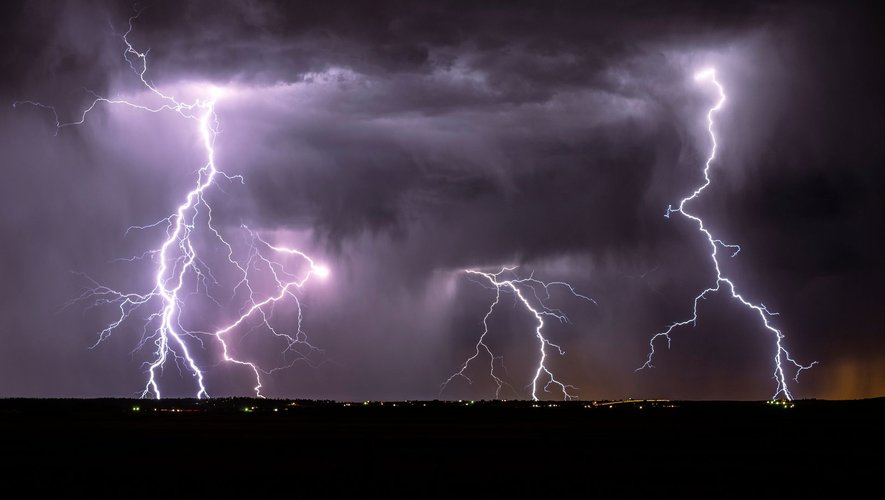Some hospitals in Île-de-France experienced record crowds this weekend, due to severe asthma attacks triggered in patients who were not asthmatic, under the effect of thunderstorms. But how is this phenomenon explained?
It was first mentioned in the 1980s, in the United Kingdom and Australia, relates an article from the Harvard University School of Medicine. Storm asthma, (“thunderstorm asthma” in English) is a spectacular phenomenon, which can quickly put the emergency services of hospitals under tension. Example, in 2016: “more than 9,000 people sought emergency medical care for asthma in one notable event” in Melbourne, Australia, the article continues.
Admittedly, nothing comparable with the scenes experienced this weekend in certain hospitals in the Paris region, but the influx of patients suffering from asthma attacks still surprised the caregivers.
This night on duty: asthma, asthma, asthma, asthma… we restock our bronchodilators and we create an aerosol zone at the SAU SAT @aphp @HopSaintAntoine @raynalpa
— Jennifer Sobotka (@SobotkaJennifer) June 12, 2023
These asthma attacks of allergic origin, in connection with the heavy traffic of grasses and stormy conditions led the Regional Health Agency of Île de France to issue recommendations for caution.
#Prevention | weather conditions and #pollen: faced with the strong surge in emergency consultations for asthma attacks, the@ARS_IDF recommends people with asthma, allergies or with respiratory pathologies to avoid travel or physical exertion.
– ARS Ile-de-France (@ARS_IDF) June 11, 2023
But then, what is this phenomenon due to? What is the link between pollen allergies, asthma and thunderstorms? According to the Harvard University School of Medicine, thunderstorm asthma “describes an asthma attack that begins or worsens after a thunderstorm. It can occur in anyone with asthma, but it most commonly affects people with seasonal allergic rhinitis, which many know as hay fever or of allergies”.
“The meteorological factors usually implicated combine heavy rains, electrical charges in the atmosphere linked to the storm and gusts of wind”, supplements Public Health France. The pollen is actually carried by the wind into the clouds where the humidity is high. In clouds, the combination of wind, humidity and lightning reduces particles to a size that can easily enter the nose, sinuses and lungs.
These small particles actually penetrate deeper into the respiratory system, triggering asthma attacks during storms instead of simple allergic rhinitis. When a storm approaches, during a period of pollen emissions, it is therefore advisable to stay inside homes, with the windows closed.

